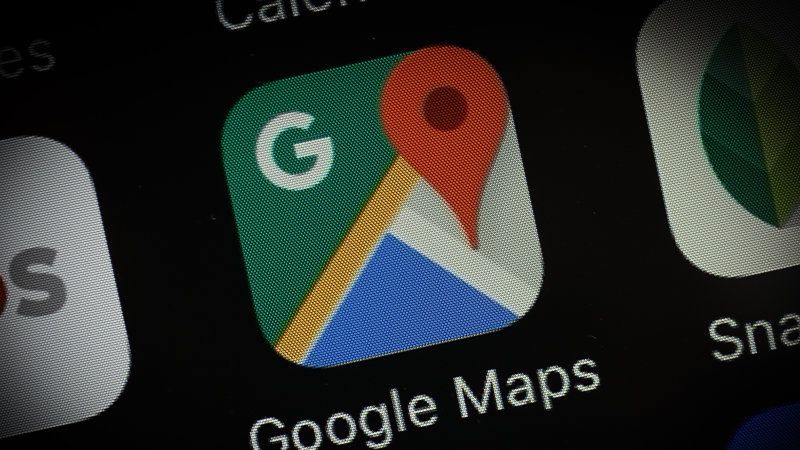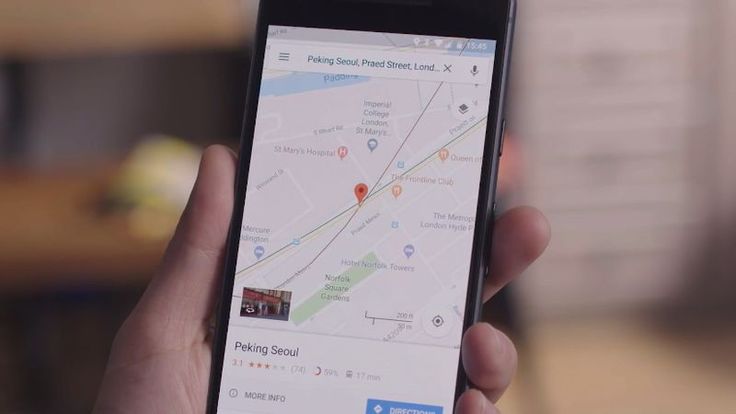Google Maps has introduced AI-generated summaries designed specifically for electric vehicle (EV) drivers, aiming to simplify the challenge of finding and accessing charging stations. As EV adoption accelerates worldwide, enabling reliable charging infrastructure and guidance becomes critical for reducing range anxiety and supporting long‑distance trips. By leveraging advanced AI models, Google Maps now synthesizes millions of user reviews and real‑time data to offer precise, actionable directions right within the mapping interface.
The EV Charging Challenge
Range anxiety—fear of running out of charge before reaching a destination remains one of the top barriers preventing drivers from switching to electric vehicles. Unlike traditional fueling stations, charging stations vary widely in power output, port type, payment methods, and physical layout, often hidden within multi‑level garages or commercial complexes. Inadequate signage or unclear instructions can leave drivers circling for the correct plug, exacerbating stress on unfamiliar routes.
To address these pain points, Google Maps’ AI summaries condense community‑sourced insights into concise, step‑by‑step guidance. Instead of merely presenting an address and charger count, the summaries describe where exactly to find the outlet such as “Enter the underground parking lot and follow signs toward the exit. Just before exiting, turn right,” ensuring drivers arrive at the charger without confusion.
How AI Summaries Work
Google taps into its extensive database of user‑submitted reviews and charging station metadata to generate location‑specific summaries The process unfolds in several stages:
A. Data Aggregation: Collect millions of individual reviews detailing charger type, waiting times, payment hurdles, and approach instructions.
B. Context Extraction: Identify common locational cues landmarks, signage, level within a structure mentioned across multiple reviews.
C. Generative AI Synthesis: Use Google’s Gemini AI model to weave these cues into a human‑readable narrative, prioritizing clarity and brevity.
D. Real‑Time Updates: Continuously ingest fresh review data and port availability updates to keep summaries up to date.
This workflow ensures that drivers see the most relevant directions at the time of travel. For instance, if new construction reroutes entry to a station, recent reviews will reflect that change, and subsequent AI summaries will adapt accordingly
In‑Car Integration and Trip Planning
Beyond on‑screen mobile maps, AI summaries are integrated into cars with Google built‑in, allowing in‑dash displays to highlight charger locations along a route Drivers can:
A. View nearby chargers with port availability and charging speed indicators.
B. Receive AI‑powered step‑by‑step instructions once they approach the station.
C. Plan multi‑stop trips that automatically include optimal charging stops based on battery level and route duration.
When planning a long drive, Google Maps forecasts energy consumption across legs and suggests charging stops at ideal intervals, reducing guesswork and ensuring smoother journeys For example, if the battery is projected to drop below 20% before the next rest area, Maps will insert a charging stop at a highly rated station with suitable plug types.
Community Feedback Loop
To refine AI summaries over time, Google prompts EV drivers to submit more detailed reviews after charging Review prompts now include:
A. Which plug type was used (e.g., CCS, CHAdeMO, Type 2).
B. How long the wait time was before charging.
C. Whether the charger operated as advertised.
This structured feedback feeds back into the AI pipeline, enabling more accurate summaries and identification of problematic stations requiring maintenance or clearer signage. It also helps Google detect inconsistencies if a station frequently reports broken ports, Maps can flag it or demote its recommendation ranking.
Benefits for EV Drivers
Implementing AI summaries within Google Maps offers several tangible advantages:
A. Reduced Range Anxiety: Clear signage instructions minimize uncertainty about station access.
B. Time Savings: Drivers spend less time locating the charger and more on the road.
C. Optimized Route Efficiency: Trip planning tools integrate charging data, reducing unplanned detours.
D. Accessibility: In‑dash integration allows hands‑free access to AI summaries, improving safety.
Together, these benefits support broader EV adoption by addressing critical infrastructure challenges and elevating user confidence
Privacy, Accuracy, and Reliability
While AI summaries enhance convenience, they also raise questions about data privacy and accuracy. Google states that:
-
Data Anonymization: User reviews and driving data are processed in aggregate, without personally identifiable information
-
Cross‑Verifications: AI outputs are cross‑referenced with satellite imagery and business metadata to prevent hallucinations or outdated directions
-
User Corrections: Drivers can report incorrect summaries via a feedback button, enabling rapid corrections.
Nevertheless, AI‑generated content can occasionally misinterpret ambiguous reviews or outdated descriptions. Google encourages users to verify charger status and port type, especially on long trips, to mitigate risk.
Complementary EV Features in Google Maps
AI summaries form part of a broader suite of EV‑focused enhancements rolled out in April 2024 Other features include:
A. Real‑Time Port Availability: Live updates on whether specific ports are occupied or free.
B. Charging Speed Indicators: Display of estimated kW output per port to help drivers choose faster chargers.
C. EV‑Friendly Routing: Option to plan routes that minimize overall energy consumption, favoring flatter terrain or eco‑mode roads.
D. EV Travel Filters: Integration with Google Travel to find hotels, restaurants, and attractions offering onsite chargers.
Combined, these tools transform Google Maps into a comprehensive EV travel assistant, guiding drivers from departure to destination seamlessly.
Future Outlook
Looking ahead, Google plans to enhance AI summaries further by:
A. Incorporating weather‑related insights (e.g., “This lot floods during heavy rain; use the east entrance.”).
B. Providing dynamic charging cost estimates based on local electricity rates and station pricing.
C. Expanding charger coverage globally, including rural and under‑represented regions.
D. Allowing third‑party developers to embed AI summaries via the Maps Platform API.
Such advancements will deepen the integration of AI within transportation infrastructure, moving closer to a fully intelligent navigation ecosystem where drivers receive real‑time, context‑aware guidance at every turn.
Conclusion
By embedding AI‑generated charging summaries into Google Maps, Google addresses one of the most persistent obstacles to EV adoption: locating and accessing charging infrastructure with confidence. Drawing upon the collective wisdom of its user community and the power of generative AI, Maps now offers EV drivers precise, up‑to‑date directions that minimize range anxiety and streamline trip planning














